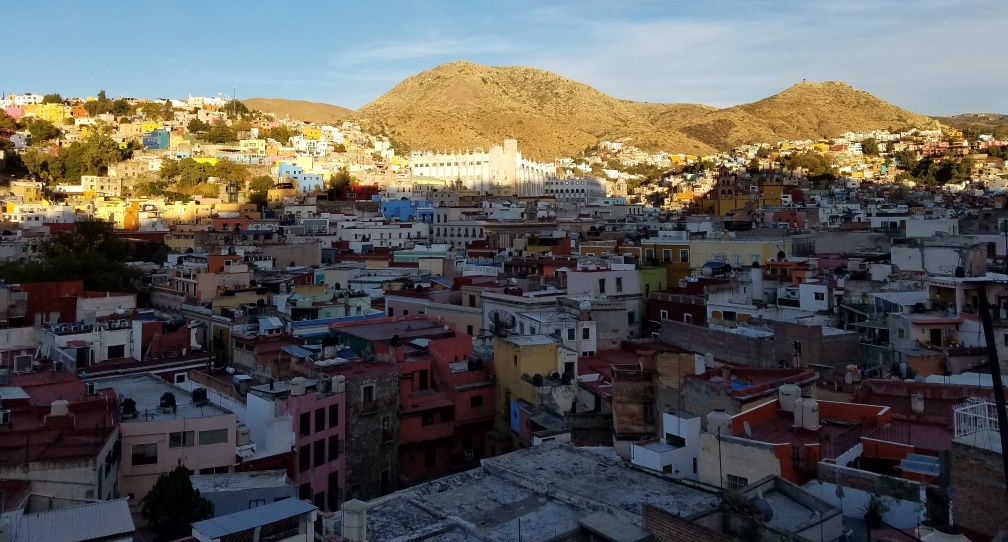As the Mexican government charts the country’s economic recovery from COVID-19, a new paper from the OECD and LSE Cities sets out national solutions to renovate urban transport and address housing challenges in a way that will put Mexico’s cities on a path to resilient prosperity.
As with most such papers, it’s long on activities and project types, and short on the kinds of strategic processes that will help ensure success. But it’s a great start.
Many Mexicans on low incomes live in poorly constructed housing on the outskirts of sprawling cities, lacking access to basic services such as electricity and water, and relying on patchy public transport to reach urban centers. As a result, thousands miss out on jobs and essential services such as healthcare and education.
The COVID-19 pandemic has hit those living in urban areas the hardest and is exacerbating these inequalities. Poor urban housing and transport also have an economic toll; the consequences of poor urban mobility cost an estimated 3–5% of the country’s GDP each year. Issues of transport and housing have often been siloed, but it is essential that the two sectors are coordinated together.
This new paper explores urban housing and transport in tandem. It recommends policies that Mexico’s national government could adopt to boost the country’s COVID-19 recovery, improve the lives and livelihoods of millions of people and protect its cities into the future.
The paper sets out policy reforms for the Mexican federal government to take that will create more compact, connected and clean cities, including:
- Adopt a national urban policy that includes clearly defined roles and encourages coordination between different sectors (housing, transport and land use) and levels of government;
- Improve the quality of existing housing and surrounding public space, rather than focusing on new builds;
- Ensure affordable housing options in central urban areas with good transport for those on low-incomes, helping to build inclusive cities;
- Increase the proportion of federal funding spent on public and active travel rather than car-based mobility by investing in dedicated bus lanes, wider sidewalks and protected bike lanes; and
- Support city governments, particularly those that may lack the resources and capacity, to develop comprehensive urban mobility strategies that meet the needs of their residents.
These policies will bring huge social and economic benefits such as increased productivity, reduced inequality and improved health and wellbeing. They also bring significant advantages for the environment and, ultimately, will put Mexico’s urban areas on a path to a more sustainable and inclusive future.
Photo of Guanajuato, GTO, Mexico in late afternoon by Storm Cunningham.

